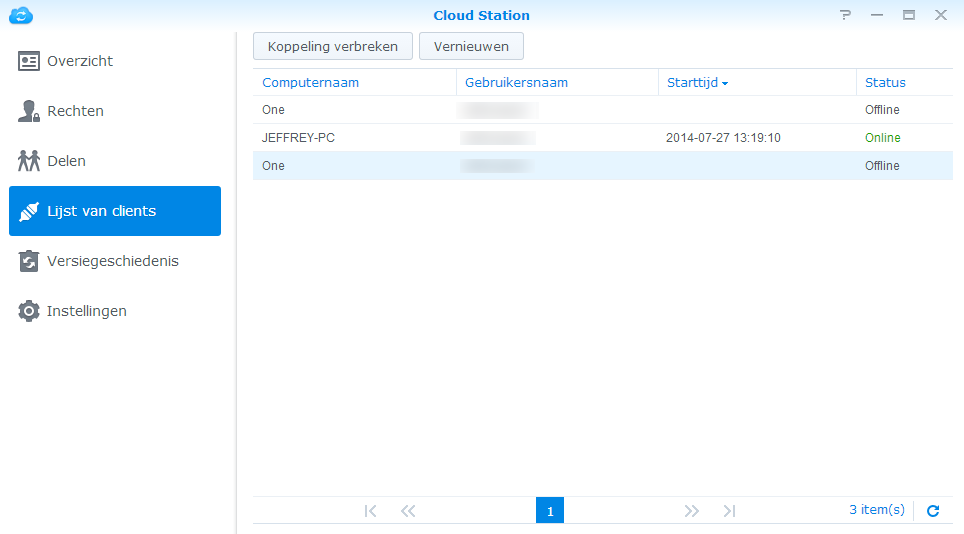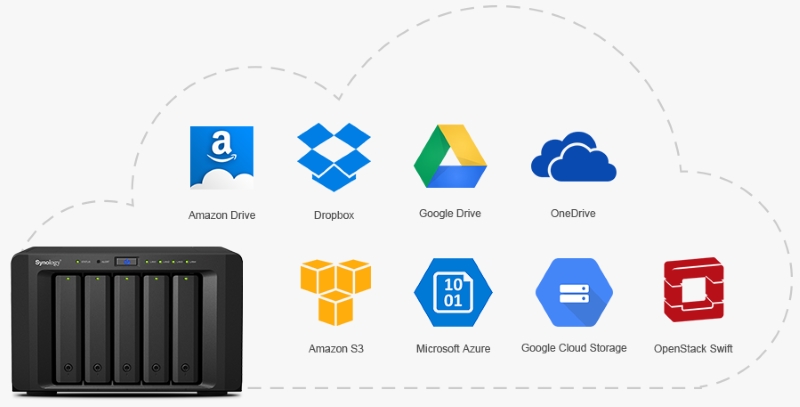
Single-drive NAS devices don’t provide this sort of data protection, and NAS boxes with more bays introduce more complex RAID configurations, such as RAID 5, RAID 6, or RAID 10, that require more planning and research to configure. Price: For home use, you don’t need to pay more than around $250 to $350 for a two-bay NAS (not including the price of the hard drives, unfortunately).More than that, and you’re entering more complex and powerful business-class territory. If you opt for a cheaper model, you usually sacrifice read and write speeds or end up with a less-polished operating system.CPU and RAM: We preferred a reasonably powerful dual-core Intel Celeron processor, but we didn’t rule out ARM-based configurations as long as their processing speeds were similar.Most NAS devices released within the past year have at least 2 GB of RAM, so we stuck with that as our minimum.Hardware-level encryption acceleration: File encryption is good to use even if you access your NAS exclusively inside your home network, because it protects your data if someone breaks into your house and steals your NAS or your disks.(It can also protect sensitive data on a NAS that’s on a larger network, or one that attackers could target.) Some NAS boxes can also encrypt data before backing it up to a cloud service, providing an extra level of protection in case the cloud service is hacked.
#Synology cloud station backup same file loop software#
A NAS that includes hardware encryption acceleration offers read and write speeds that are much faster than those of a model that relies solely on software encryption.Easy-to-use software: Each NAS manufacturer has its own operating system.NAS software tends to take a kitchen-sink approach that often makes it confusing to use, but some operating systems, like those from QNAP and Synology, are better than others.Wide support for backups: A NAS should support computer backups via File History or system-image tools on Windows, Time Machine on Mac, and rsync for Linux.

It should also allow you to back up easily to a cloud storage service like Amazon Glacier or Backblaze.


It’s also nice to have a USB port on the front of the NAS with a quick-copy function so you can copy the contents of a USB drive to or from your NAS without fussing around with software.


 0 kommentar(er)
0 kommentar(er)
